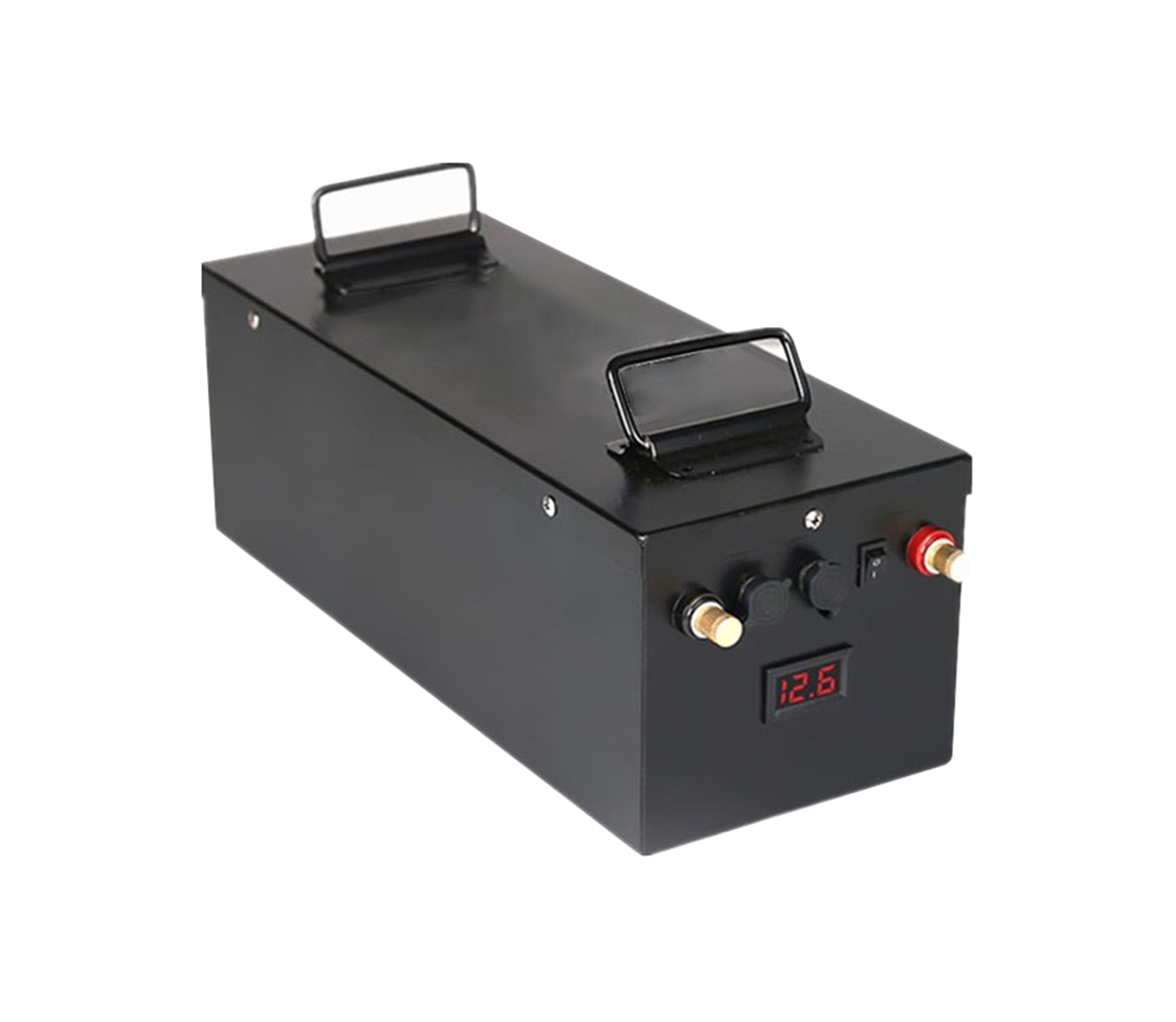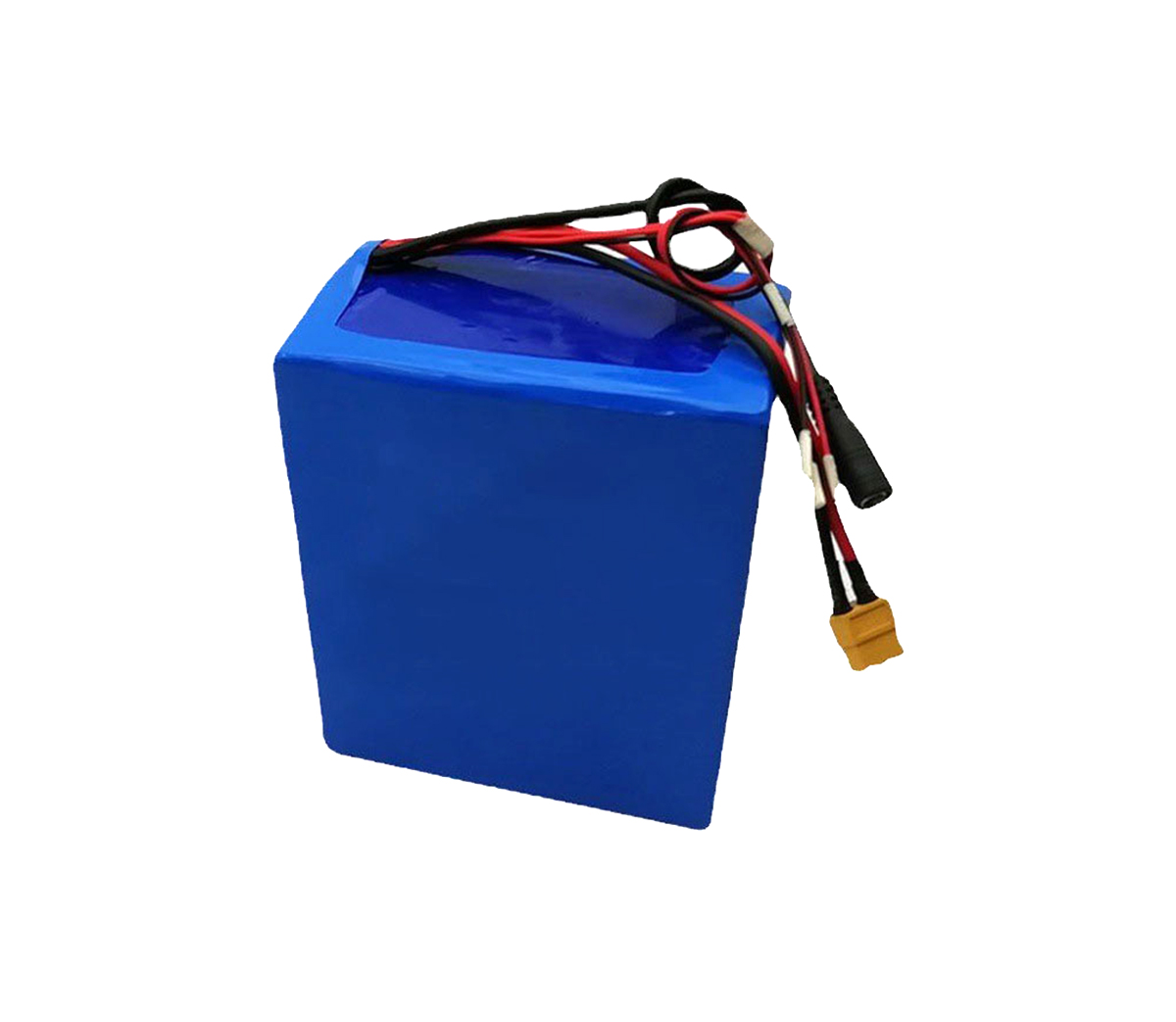In recent years, there have been many fires and even explosions in battery energy storage systems. Therefore, safety issues are a key factor in choosing battery energy storage systems. Users need to make wise choices when installing battery energy storage systems and ensure that more safety measures are taken.

1. Choose the right battery
Nowadays, there are different types of batteries, each with its own advantages and disadvantages. The most important thing is to consider whether the battery meets the IEC62619 standard.
2. Ensure the safe integration of battery modules, racks and containers
For modules and racks: Ensure that the battery complies with UL1973 and IEC62619 standards.
Choosing a battery certified to the UL9540A standard means that it has passed a simulated thermal runaway event to check whether the fire will not spread.
3. Choose the right battery management system and energy management software
The battery management system (BMS) is the key to ensuring that the battery's operation does not exceed its limits. The BMS must pass the certification of the IEC61508 standard, and the IEC61508 standard is a functional safety standard for electrical/electronic/programmable electronic safety-related systems.
A large amount of data generated by the BMS is stored locally and regularly backed up to a secure remote server, which can be used for analysis to detect battery defects or deviations at an early stage and optimize system operation.
4. Separate to better control the fire incident
The battery cabinet shell is highly fire-resistant and can provide the required thermal insulation to minimize the consequences of disasters. At the same time, the battery cabinet can keep the battery at a specific temperature (usually between 20°C and 23°C) without being affected by the outside temperature.
5. Choose the right fire detection and fire fighting system
Some active fire fighting methods are used to prevent the fire of the burning battery from spreading to other batteries and avoid worse catastrophic consequences. Generally, a standard fire detection and fire fighting system is used, which integrates an aerosol fire extinguishing system, smoke and heat detection sensors, etc., and has an automatic activation function.
6. Use deflagration panels to ensure employee safety
In order to protect the personal safety of employees working in battery accessories, deflagration panels are used inside the system. In the event of a fire or explosion, the deflagration plate can guide the generated explosive force upwards, so as to ensure that the personnel working in the area are protected from the impact of lateral explosion.
7. Provide an action plan for emergency responders
In the event of an accident, the behavior of emergency responders is not always clear and correct. Therefore, it is very important to develop a site-specific emergency action plan.
8. Implement "emergency stop" function
If the energy management system (EMS), BMS or any other safety device detects a safety problem or battery abnormality, the battery energy storage system must be shut down immediately. At the same time, it is also important to have a manual "emergency stop" function that can be performed by the operator.
9. Detect electrical isolation faults
Most batteries are electrically isolated from the ground. Through the use of advanced insulation monitoring equipment that meets the IEC615557 standard, it is tested to ensure that the insulation facilities will not be degraded or short-circuited to the ground.
10. Ensure that the battery energy storage system complies with key safety standards such as IEC and UL
In the United States, battery energy storage systems need to comply with NFPA855 standards to reduce potential hazards. In the international general standard, the battery energy storage system must be designed in accordance with the requirements of IEC62933 Part 2 "Safety of Grid Integrated Energy Enhancement System".
11. Make sure that the battery energy storage system has a disconnect switch
The battery energy storage system must be equipped with all necessary electrical disconnect devices, such as load disconnect switches, to ensure safe isolation of maintenance operations.
12. Ensure that the system complies with electrical safety standards, such as IEC60364 or Article 706 of the North American NEC standard
13. Safe transportation of battery energy storage system
Lithium-ion batteries are identified as 9 dangerous goods for transportation. The battery energy storage system must be transported by air, sea, rail or road in accordance with the UN38.3 standard.

Lithium-ion battery (LIB) has become the main energy storage solution in modern social life. Among them, lithium iron phosphate batteries are a perfect substitute for lead-acid batteries, and are the first choice for grid-connected peak shaving, off-grid energy storage, photovoltaic energy storage, UPS, data center and other industries.




































